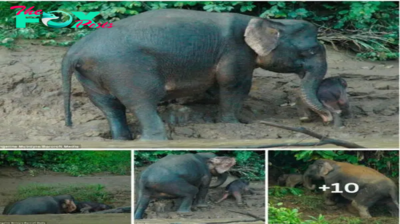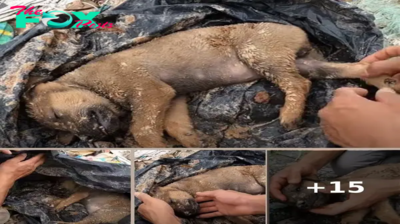Elephants are known for their impressive ears, tusks and trunks. For instance, they cool down by pumping hot blood through their large ears, which they then flap to dissipate the heat. As for their trunks, Asian elephants have one “finger” at the end of their trunk, while African elephants have two “fingers,” which they can pinch together to grab small items, like fruit.
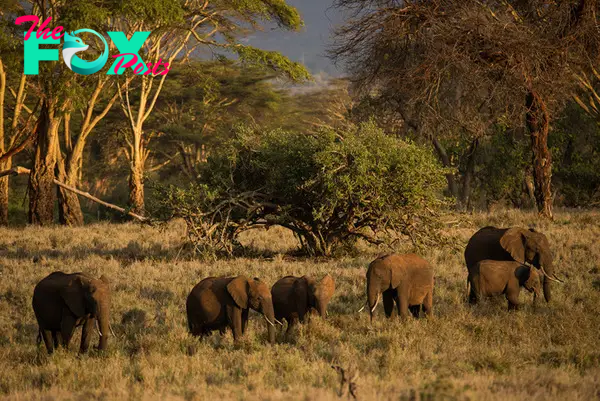
Ross MacPhee, the curator emeritus of American Museum of Natural History (AMNH) in New York City, has spent his life studying these majestic pachyderms and megafauna like them. With the Nov. 13 opening of “The Secret Lives of Elephants” exhibit at the AMNH, Live Science sat down with MacPhee to learn why the mammals’ tusks are such a treasure trove of information, how their trunks are like noses and hands in one, and how male teen elephants are a lot like human ones.
Laura Geggel: I thought we would do a lightning round of cool facts about their ears, tusks and trunks. So let’s start with ears. What are some facts about elephant ears?
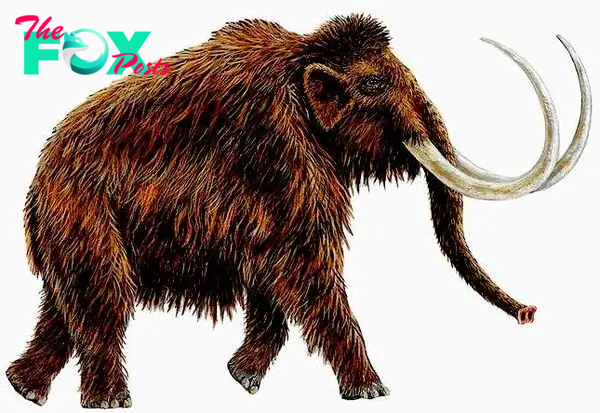
Ross MacPhee: That those ears, especially in savannah elephants, are moving about 20% of the elephant’s entire blood supply at any one time. And that’s because they’re radiators — they’re heat radiators for the elephant. Elephants live in very hot conditions like Botswana or Namibia. Just because of their body mass [they] have the problem of needing to get rid of excess heat. That’s what the ears do.
So whereas the skin of the elephant is the better part of three-quarters of an inch or more over most of the body, on the ears they’re down to millimeters [thick]. And they have very large veins passing through them. And this is why they hold their ears out, why they flap them and that kind of thing. It all makes sense. It’s a fanning kind of deal. In that way, they can substantially reduce their body temperature.
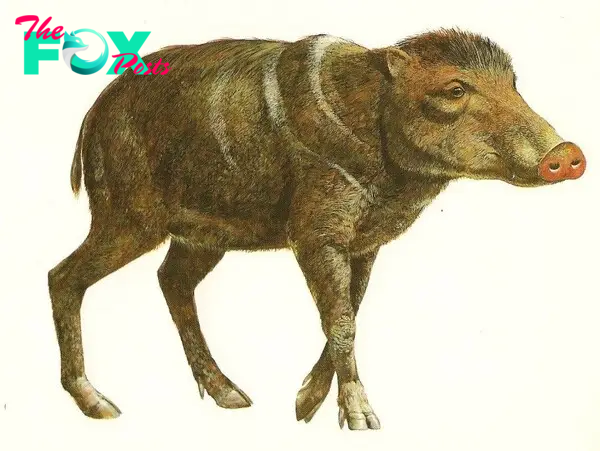
Related: Which animal has the largest ears?
LG: Next, let’s do tusks.
RM: [Scientists measure the levels of isotopes, or different versions, of elements in elephant tusks,] and because the tusks grow throughout the life of an animal, you can go practically week by week through whatever proportion of the animal’s life is represented in its tusk at death. And by sampling, you can determine to some extent what kinds of plants they were focusing on … You can determine when in the case of a female the female was pregnant because there’s calcium carbonate deposited in that part of the tusk.
Another factoid, for the males, you can in some cases determine when they became sexually mature and were at that point driven out by the matriarch, because like human teenagers [the young males] don’t know how to take care of themselves very well. So they have nutritional deficiencies for a while until they get with it and figure out where to go, where to eat, what to eat. You can detect that [through structural changes, not isotopes].
And then finally, and this is in its [own] way interesting and sad, if nutrition does have declines, then the ratio of the isotopes that you’re looking at are going to change as well, as the animal goes into starvation mode.
LG: Veering off track, so in general the males live with the herd or live with their mom until they reach adolescence. And then they go off on their own, and they only come back to mate? Do they just live by themselves their whole lives?
RM: It varies in populations, it varies among the species. In the usual case for savanna elephants, males do live by themselves and come back when they’re in musth [a rise in reproductive hormones] and ready to mate, that part is correct. But what you find … is that in Asian elephants there is recent evidence there’s a kind of bachelor group, meaning all-male groups. It’s not known if that’s inherent in their behavior or because of problems with humans. Meaning that they are persecuted in one way or the other and they form these groups just to be with other elephants — because they can’t be with the females in the herds, right?
How long these bands last, whether there’s anything or function to them, is not really well understood — it’s a recently studied phenomenon. What you can say is it varies. What you can say, in general, is that the males tend to be solitary.
LG: Let’s do cool facts about the trunk.
RM: The thing that people know about the trunk is that elephants use the trunks in order to drink with. But in many other regards, this is an organ that is not unlike your hand. Meaning that in addition to being able to pick up very small objects, like individual leaves or cookies for zoo Animals, they can also use the trunk to communicate with other elephants.
The elephants, if they know one another, have this kind of arrangement where they climb the trunks together on meeting. It’s sort of like a handshake, there’s no other way of describing it. It’s “I recognize you, you recognize me. Hi, how are you?” That kind of deal. It’s a social organ as well as a functional organ for drinking, for grabbing your food, that sort of thing.
—Do elephants really ‘never forget’?
—Dwarf elephants and shedding mammoths shine at NYC’s ‘Secret World of Elephants’
—Woolly mammoths were seasonal sex fiends just like elephants, study finds
And, of course, it is also the way that elephants sample smells in their environment. Here’s a nice fact for you. Of all animals that have been tested genetically, as well as other ways, elephants have the most functional genes connected with olfaction — there’s thousands of genes. It’s amazing. Obviously canids and felids are up there, as well. The guy with the biggest nose also has the best sense of smell: it’s remarkable. Because they have so many receptors, that means they’re able to very finely discriminate in their environments about things to eat and also to sense what’s going on.
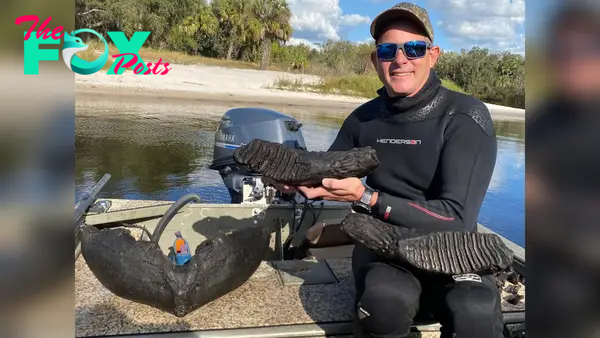
It’s really quite remarkable how functionally important the nose is. It’s hard for a human to understand because our powers are so negligible in that regard.
This interview has been lightly edited for clarity.





























